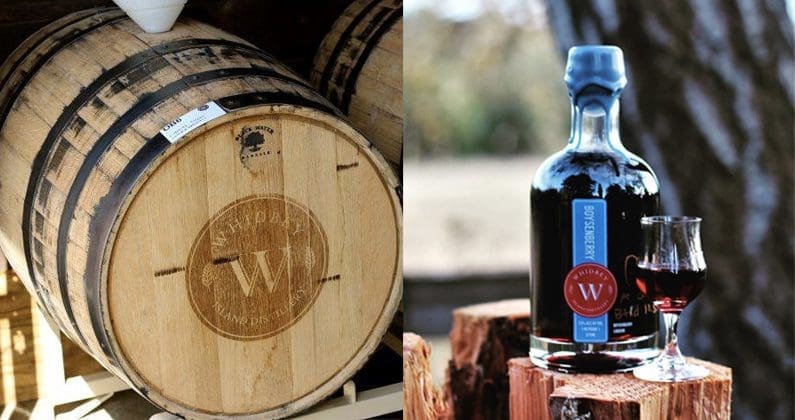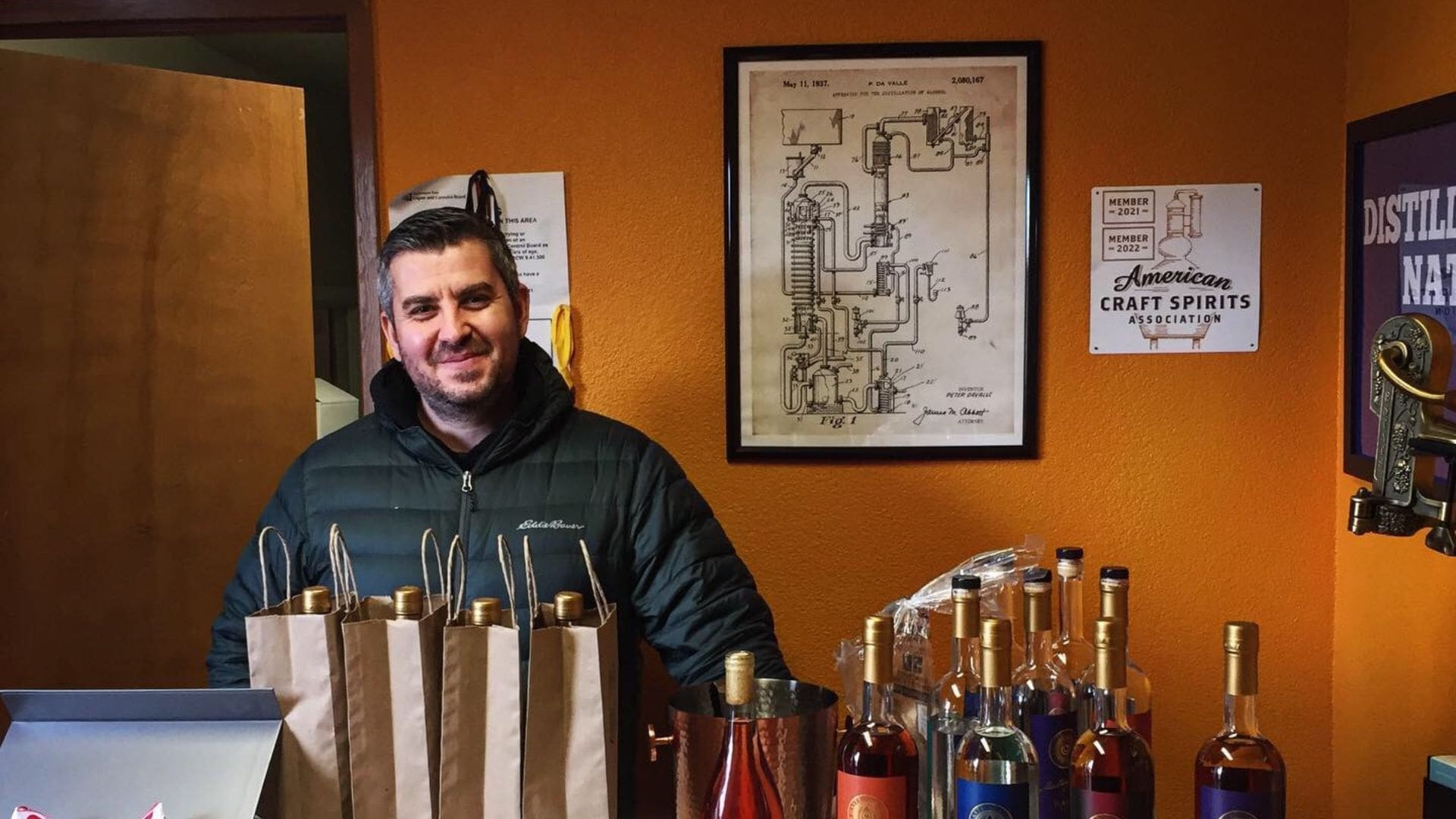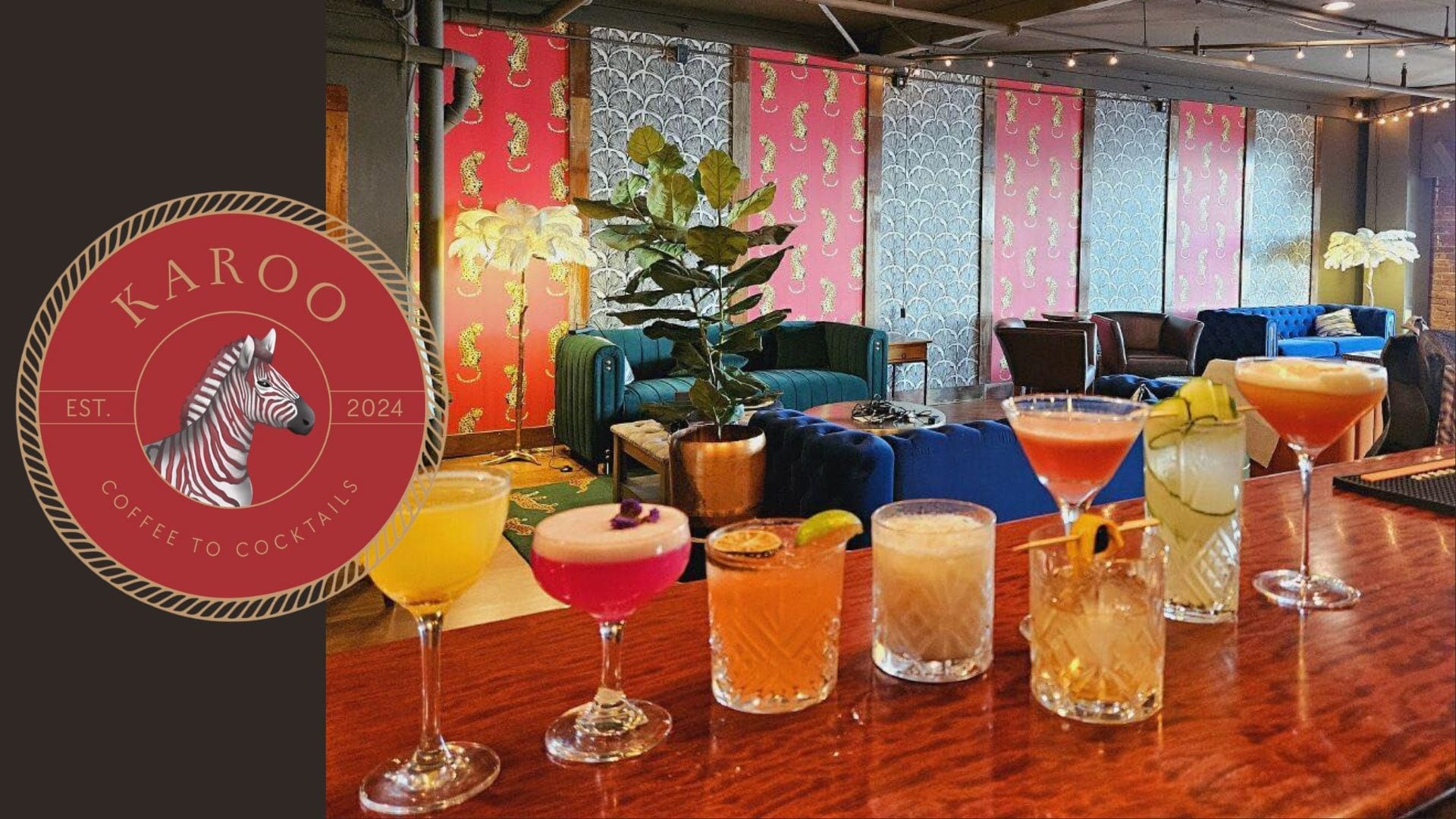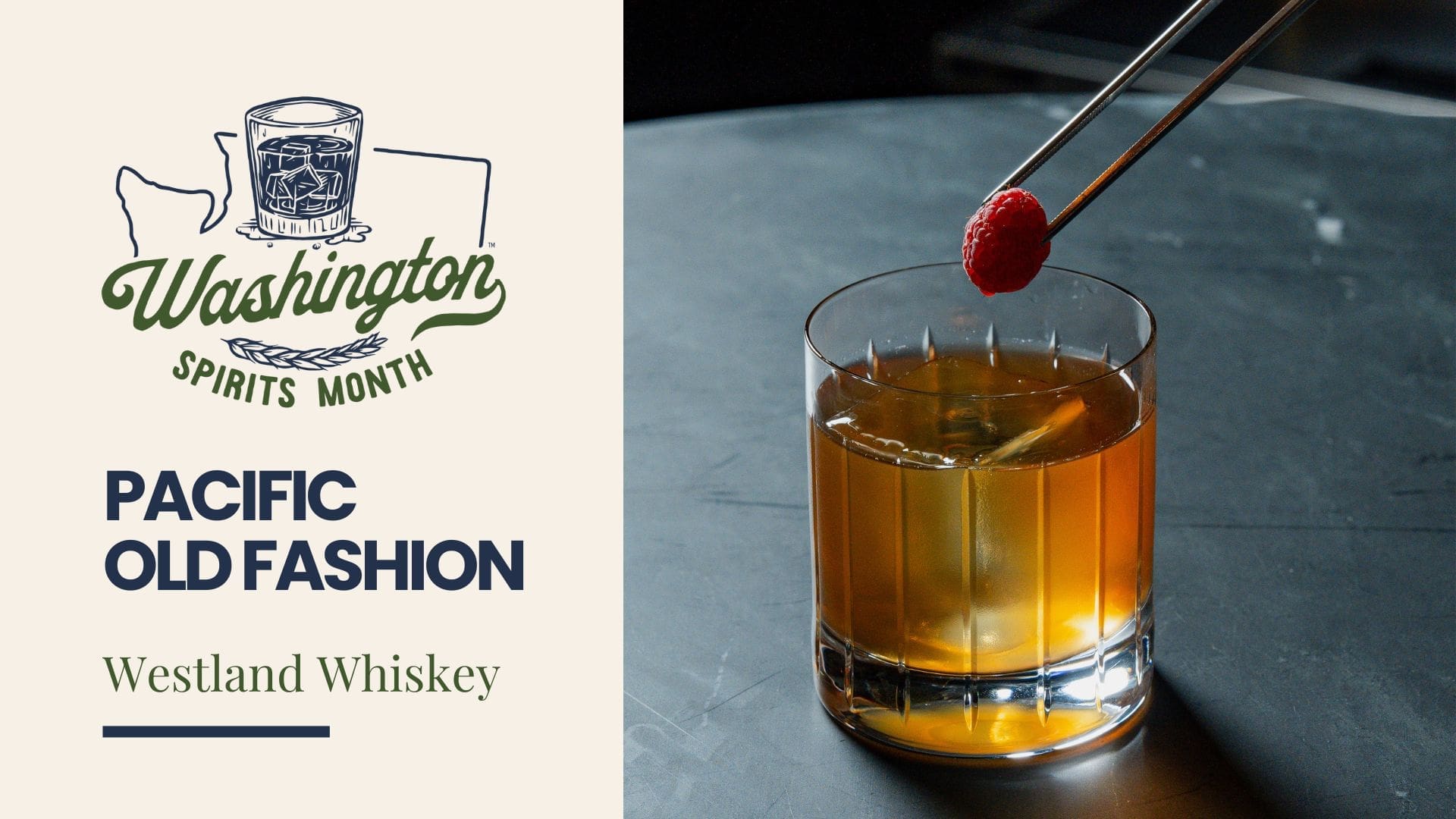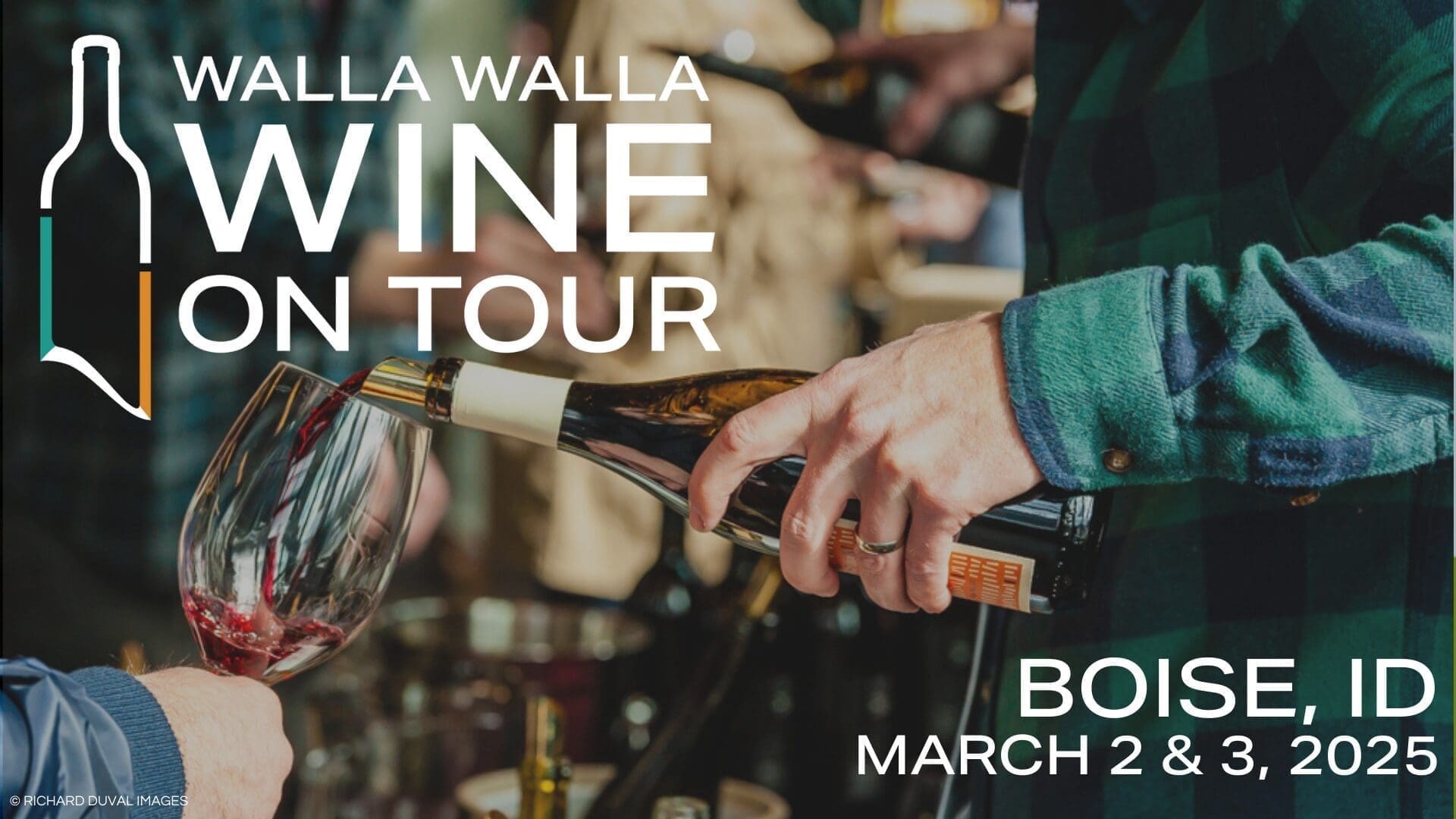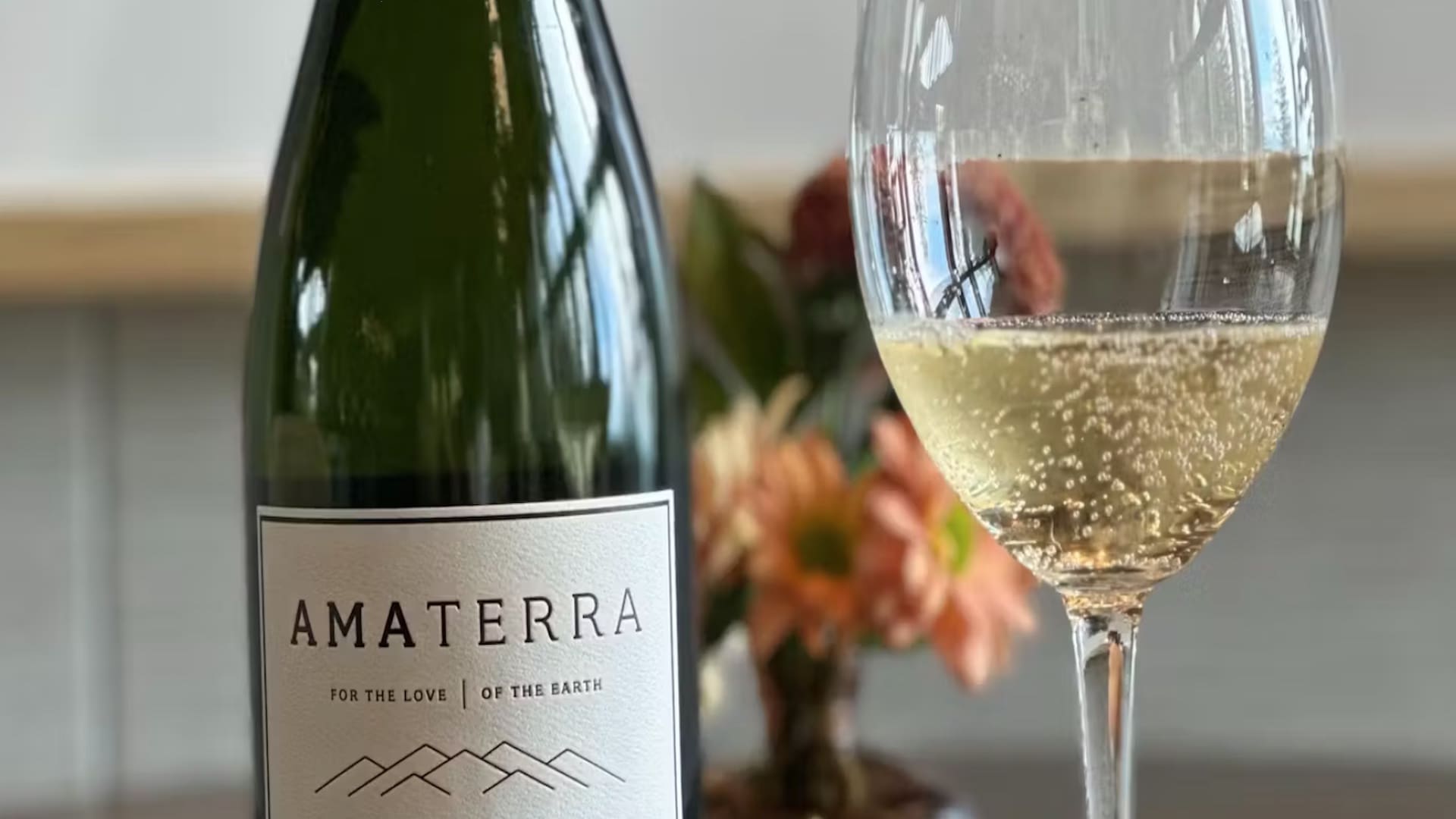Small, but mighty, is the best way to describe Whidbey Island Distillery. And the products coming out of this small, craft distilling operation in Langley, Washington, are truly unique.
“When we set out to do this, we knew we wanted to mindfully craft spirits to reflect the culture and people of Whidbey,” says Bev Heising, who owns the distillery with her husband, Steve. “It was a crazy idea we had with our family, and we had no expectations going in.”
SMALL STATURE, BIG TASTE
The Heisings purchased their property in 2009, partly because of its location to Langley and its easy access off the highway. But one of the biggest sellers for the Heisings was also the water source they found onsite.
“We liked the idea that our water had no taste at all. It was clean and free of inorganics,” Heising says. “Any flavor you’re putting into a product can be reflected through the water.”
But the water used in Whidbey’s rye whiskey and four staple fruit liqueurs isn’t the only unique aspect of the operation. What’s most impressive is its tiny footprint.
The distilling operation is located in a small building on the property affectionately called The Bunker. As you arrive on the property and spot the unique space, a flight of stairs will take you down into the tasting room of this 1948 building. “We intended to buy the property, tear all of the buildings down and to build a bigger building,” Heising says. “It became a joke with our friends to save The Bunker, and it turned out to be a fun place.”
TRADITION AND TECHNOLOGY
Housed in The Bunker lies the tasting room for Whidbey, as well as its distilling operation. The stills live in a small room, comparable to a small bedroom, with incredibly low ceilings and only a max capacity of 11 people.
“This is the heartbeat of our operation,” says Mike Huffman, the distillery’s general manager. “The three stills are non-boiling, electronic and really effective.”
According to Huffman, the stills are computer controlled, so they can be manned from anywhere internet can be accessed. The stills virtually run on their own, while being incredibly safe.
“We’re as efficient as possible,” he says. “Stills don’t have to be big to produce a lot of alcohol. We use the technology we have to be efficient and make a great, consistent product.”
The stills were built in 2013 by the family, utilizing the help of the Heisings’ son, Jim, a software developer, who worked to create the app that controls the operation. And with that app, everyone can go home for the day, while still having the ability to see, hear and control the stills in that small room as they run around the clock.
“We combine tradition and technology to make the best product we can,” Heising adds. “We’ve stuck to our guns from the very beginning and built our own stills to adapt to the industry. This is part of our identity. And to my knowledge, we’re the only ones in Washington that do distillation in this way.”

